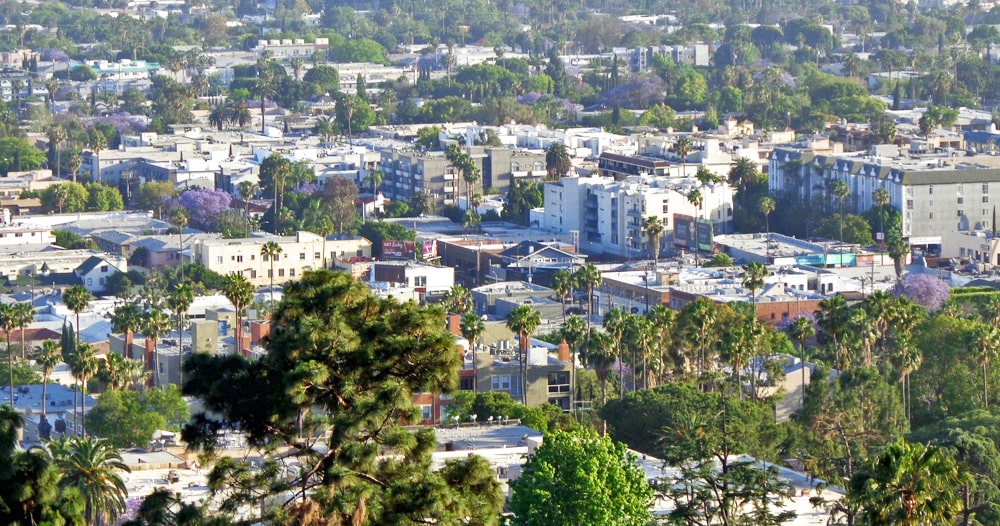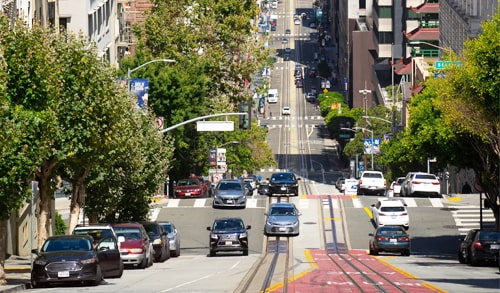
|
|---|
| Home News Contact us |
|
 |

|
|---|
| Home News Contact us |
|
 |

|
|---|
| Home⇨ The importance of urban greening in the Golden State - California |
The importance of urban greening in the Golden State - California |

The key tool to combat California's pollution problems and improve the quality of life for residentsCities in California suffer from serious pollution problems that affect the ecological situation throughout the region. Despite numerous measures taken in recent years to combat these problems, urban pollution continues to threaten public health and environmental quality. Greening cities is becoming an increasingly important tool in the fight against California's pollution problems. This can not only reduce air and water pollution, but also improve the quality of life of urban residents and create a more sustainable environment for new generations. In this article, we'll take a look at California's urban pollution problem and show why urban greening is one of the most effective ways to improve the environmental situation in the state. We will also look at various urban greening practices, successful projects in California, and urban greening results in the region. Urban greeningUrbanization has led to a reduction in green spaces and natural habitats, resulting in increased pollution, reduced air and water quality, and negative effects on the health and well-being of city dwellers. To address these issues, urban greening is an increasingly popular solution for California cities. Benefits of urban greening for the environment, public health, and quality of life
Various Urban Greening Methods
Results of urban greening in California
Challenges and future directions for urban greening in CaliforniaDespite the many benefits of greening cities, there are still issues that need to be addressed, such as limited space, lack of water, and maintenance costs. However, with innovative approaches and strong community support, greening cities can be an important part of sustainable urban development in California and beyond. One challenge is limited space, particularly in densely populated urban areas. This can be addressed by using vertical gardens, green roofs, and walls, as well as repurposing underutilized spaces like parking lots. Water scarcity is also a problem in California, but drought-tolerant plants, efficient irrigation systems, and innovative technologies can help minimize water use in urban green spaces. For example, our innovative WaterAid Drought Solution will help to significantly reduce water consumption for irrigating urban green spaces. In addition, this innovative solution can improve green quality by retaining water in the soil at root level for a longer time, improving the availability of water and nutrients to plants. Finally, maintenance costs can be a barrier to greening cities. To solve this problem, partnerships can be formed between the government, community groups and private organizations to share responsibility for the quality maintenance of green spaces in each city. Looking to the future, urban greening in California can continue to expand and be accessible to all residents. This includes ensuring an equitable distribution of green space across urban areas. In general, urban greening provides numerous benefits for the environment, high levels of public health, and quality of life in places of residence. By implementing a range of greening strategies and addressing challenges, California can continue to be a leader in the sustainable development of its cities. Thank you for reading! |
Phone:E-mail:
|
Contact us now!If you need advice on our innovative product, please use the form. Our consultant will contact you. |
|---|
|